Linux下线程编程
1.线程相关函数
1.1创建线程pthread_create
pthread_create是Unix操作系统(Unix、linux等)的创建线程的函数。
注:编译时需要指定链接库 -lpthread
函数原型:
#include
int pthread_create(pthread_t *thread, const pthread_attr_t *attr,void *(*start_routine) (void *), void *arg);
形参: thread — 指向线程标志符的指针类型为:pthread_t *
attr — 设置线程属性,默认填NULL。类型为:const pthread_attr_t *
void *(*start_routine) (void *) — 函数指针,现在运行函数的起始地址
arg — 运行函数的参数。不需要填NULL ,类型为:void *
返回值: 成功返回0;失败返回错误编号。
线程创建成功后,attr参数用于指定线程属性,新创建的线程函数形参只有一个void *形参,若需要传入的参数不止一个,则可以把需要传入的参数保存到一个结构体中,通过结构体传入。
示例:
#include
#include
#include
void *start_routine_func(void *arg)
{
while (1)
{
printf("子线程运行中。。。\n");
sleep(1);
}
}
int main()
{
int stat;
pthread_t pth;//线程标志符
pthread_create(&pth,NULL,start_routine_func,NULL);
while(1)
{
printf("主线程运行中。。。\n");
sleep(1);
}
}
[xsw@xsw 系统编程]$ gcc pthread.c -l pthread
[xsw@xsw 系统编程]$ ./a.out
主线程运行中。。。
子线程运行中。。。
主线程运行中。。。
子线程运行中。。。
子线程运行中。。。
主线程运行中。。。
1.2 退出线程pthread_exit
函数原型:
void pthread_exit(void *retval);
函数功能:
终止调用它的线程并通过形参返回一个指向某个对象的指针
形 参: void *retval — 线程需要返回的地址
返回值: 无
注:线程结束必须释放线程堆栈,也就是线程函数必须调用pthread_exit()结束,否则直到主进程函数退出才释放。
示例:
#include
#include
#include
void *start_routine_func(void *arg)
{
int cnt=0;
while (1)
{
printf("子线程运行中cnt=%d。。。\n",cnt);
sleep(1);
cnt++;
if(cnt>=3)break;
}
pthread_exit(NULL);//退出线程,释放堆栈
}
int main()
{
int stat;
pthread_t pth;//线程标志符
/*创建子线线程*/
if(pthread_create(&pth,NULL,start_routine_func,NULL)!=0)
{
printf("线程创建失败\n");
return 0;
}
printf("子线程ID=%lu\n",pth);
/*等待线程退出*/
pthread_join(pth,NULL);
printf("线程退出成功\r\n");
return 0;
}
[xsw@xsw 系统编程]$ gcc pthread.c -lpthread
[xsw@xsw 系统编程]$ ./a.out
子线程ID=3078433648
子线程运行中cnt=0。。。
子线程运行中cnt=1。。。
子线程运行中cnt=2。。。
线程退出成功
1.3 等待线程结束pthread_join
int pthread_join(pthread_t thread, void **retval);
函数功能:
以阻塞方式等待thread指定线程结束,当函数返回值,被等待线程的资源被回收。若线程已经结束,则立即返回。并且thread指定的线程必须是joinable(结合属性)属性。
形 参: thread — 线程标志符(线程ID)。线程唯一标志,类型为:pthread_t
retval — 用户定义的指针,用来存储被等待线程返回的地址
返回值: 成功返回0,失败返回错误编号。
示例:
#include
#include
#include
void *start_routine_func(void *arg)
{
int cnt=0;
while (1)
{
printf("子线程运行中cnt=%d。。。\n",cnt);
sleep(1);
cnt++;
if(cnt>=3)break;
}
pthread_exit(NULL);//退出线程,释放堆栈
}
int main()
{
int stat;
pthread_t pth;//线程标志符
/*创建子线线程*/
if(pthread_create(&pth,NULL,start_routine_func,NULL)!=0)
{
printf("线程创建失败\n");
return 0;
}
printf("子线程ID=%lu\n",pth);
/*等待线程退出*/
pthread_join(pth,NULL);
printf("线程退出成功\r\n");
return 0;
}
[xsw@xsw 系统编程]$ gcc pthread.c -lpthread
[xsw@xsw 系统编程]$ ./a.out
子线程ID=3078433648
子线程运行中cnt=0。。。
子线程运行中cnt=1。。。
子线程运行中cnt=2。。。
线程退出成功
1.4 获取当前线程标志符pthread_self
函数原型:
pthread_t pthread_self(void);
函数功能:
获取线程自身ID。
形 参: 无
返回值: 返回当前线程标志符。pthread_t类型为unsigned long int,打印应%lu。示例:
#include
#include
#include
void *start_routine_func(void *arg)
{
printf("子线程ID=%lu运行中。。。\n",pthread_self());
pthread_exit(NULL);//退出线程,释放堆栈
}
int main()
{
int stat;
int i=0;
pthread_t pth;//线程标志符
printf("主线程ID=%lu\n",pthread_self());
/*创建5个子线线程*/
for(i=0;i<5;i++)
{
if(pthread_create(&pth,NULL,start_routine_func,NULL)!=0)
{
printf("线程创建失败\n");
return 0;
}
printf("子线程ID=%lu\n",pth);
}
/*等待线程退出*/
pthread_join(pth,NULL);
printf("线程退出成功\r\n");
return 0;
}
[xsw@xsw 系统编程]$ gcc pthread.c -lpthread
[xsw@xsw 系统编程]$ ./a.out
主线程ID=3078706880
子线程ID=3078703984
子线程ID=3068214128
子线程ID=3057724272
子线程ID=3047234416
子线程ID=3036744560
子线程ID=3068214128运行中。。。
子线程ID=3078703984运行中。。。
子线程ID=3057724272运行中。。。
子线程ID=3047234416运行中。。。
子线程ID=3036744560运行中。。。
线程退出成功
1.5 自动清理线程资源
函数原型:
//注册清理函数
void pthread_cleanup_push(void (*routine)(void *),void *arg);
//释放清理函数
void pthread_cleanup_pop(int execute);
函数功能:
线程清除处理函数,用于程序异常退出的时候做善后的资源清理。自动释放资源。
注:pthread_cleanup_push函数与pthread_cleanup_pop函数需要成对调用。
形 参:
void (*routine)(void *) — 处理程序函数入口
void *arg — 传递给处理函数形参
int execute — 执行的状态值,0 – 不调用清理函数;1 – 调用清理函数。
返回值: 无
导致调用清理函数条件:
1.调用pthread_exit()函数
2.Pthread_claenup_pop的形参为1
注:return不会导致清理函数调用。
示例:
#include
#include
#include
/*线程清理函数*/
void routine_Clinen(void *arg)
{
printf("arg=%d\n",*(int *)arg);
free(arg);
printf("释放空间完成\n");
}
/*子线程函数*/
void *start_routine_func (void *arg)
{
printf("arg=%s,线程运行中...\n",arg);
char *p=malloc(4);
*p=100;
//注册线程清理函数
pthread_cleanup_push(routine_Clinen,p);
pthread_exit("子线程返回数据测试!");//释放线程堆栈
// return 0;//return终止不会触发线程清理函数
//调用线程清理函数
pthread_cleanup_pop(1);
}
int main()
{
/*1.创建线程*/
char buff[]="线程传入参数测试";
pthread_t thread;
if(pthread_create(&thread,NULL,start_routine_func,buff)!=0)
{
printf("线程创建失败\n");
return 0;
}
printf("线程ID=%lu\n",pthread_self());
char *p;
pthread_join(thread,(void **)&p);//等待线程退出
printf("子线程返回数据:%s\n",p);
printf("主线程退出\n");
return 0;
}
[xsw@xsw 系统编程]$ gcc pthread.c -lpthread
[xsw@xsw 系统编程]$ ./a.out
arg=线程传入参数测试,线程运行中...
线程ID=3078866624
arg=100
释放空间完成
子线程返回数据:子线程返回数据测试!
主线程退出
审核编辑:汤梓红
声明:本文内容及配图由入驻作者撰写或者入驻合作网站授权转载。文章观点仅代表作者本人,不代表电子发烧友网立场。文章及其配图仅供工程师学习之用,如有内容侵权或者其他违规问题,请联系本站处理。
举报投诉
-
Linux
+关注
关注
87文章
11356浏览量
210791 -
函数
+关注
关注
3文章
4350浏览量
63088 -
线程
+关注
关注
0文章
507浏览量
19776 -
线程编程
+关注
关注
0文章
5浏览量
6144
发布评论请先 登录
相关推荐
Linux下线程编程(2)
线程(英语:thread)是操作系统能够进行运算调度的最小单位。它被包含在进程之中,是进程中的实际运作单位。一条线程指的是进程中一个单一顺序的控制流,一个进程中可以并发多个线程,每条线程
Linux多线程编程基础知识解析
线程是轻量级的进程(`LWP: Light Weight Process`),在`Linux`环境下线程的本质仍是`进程`,进程是资源分配的`最小单位`,线程是操作系统调度执行的`最小
发表于 07-14 16:41
•878次阅读
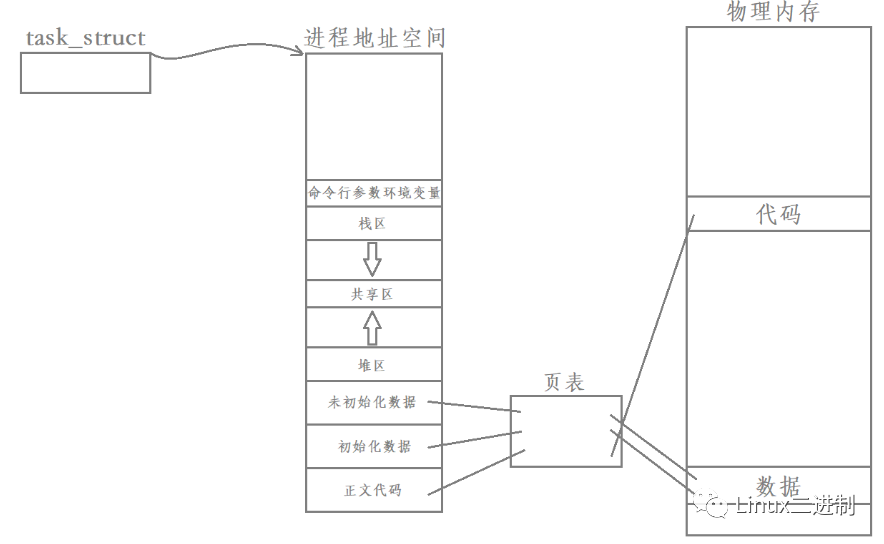
嵌入式Linux多线程编程
嵌入式Linux多线程编程-学习资源-华清远见清远见嵌入式学院:清远见嵌入式学院:《嵌入式应用程序设计》——第5 章 嵌入式Linux 多线程
发表于 11-05 06:54
linux多线程编程课件
电子发烧友为您提供了linux多线程编程课件,希望对您学习 linux 有所帮助。部分内容如下: *1、多线程模型在单处理器模型和多处理器系
发表于 07-10 11:58
•0次下载
关于Linux下多线程编程技术学习总结
Linux下多线程编程技术 作为一个IT人员,不断的学习和总结是我们这个职业习惯,所以我会将每个阶段的学习都会通过一点的总结来记录和检测自己的学习效果,今天为大家总结了关于Linux下
发表于 04-22 03:12
•2258次阅读
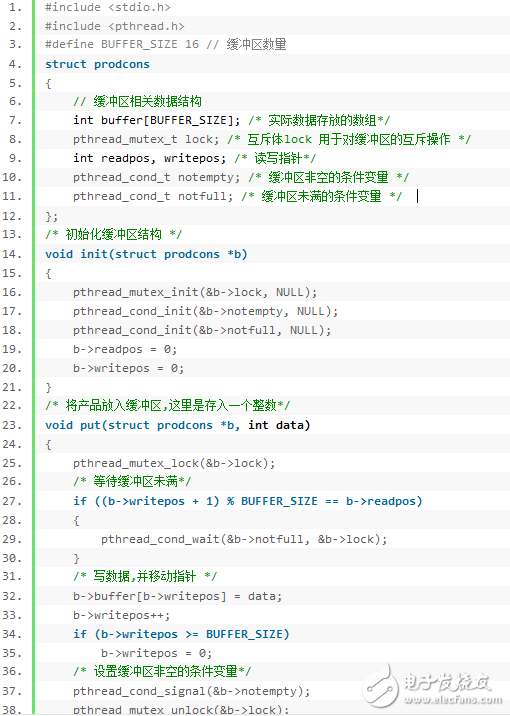
Linux下的多线程编程
的进程可以考虑分为多个线程,成为几个独立或半独立的运行部分,这样的程序会利于理解和修改。 下面我们先来尝试编写一个简单的多线程程序。2 简单的多线程编程
发表于 04-02 14:43
•648次阅读
Linux下线程与进程的区别
线程(英语:thread)是操作系统能够进行运算调度的最小单位。它被包含在进程之中,是进程中的实际运作单位。一条线程指的是进程中一个单一顺序的控制流,一个进程中可以并发多个线程,每条线程
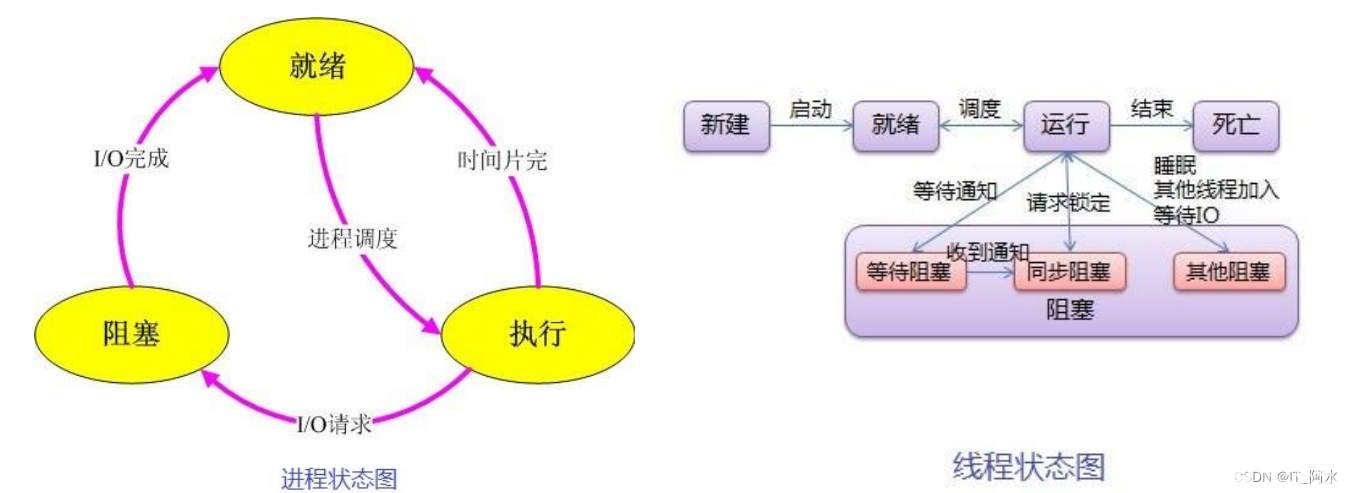
Linux中多线程编程的知识点
Hello、Hello大家好,我是木荣,今天我们继续来聊一聊Linux中多线程编程中的重要知识点,详细谈谈多线程中同步和互斥机制。
发表于 04-26 17:27
•641次阅读
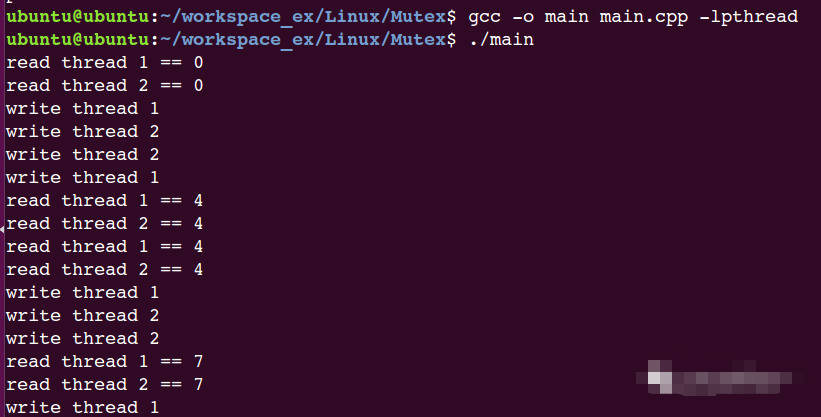




 Linux下线程编程
Linux下线程编程

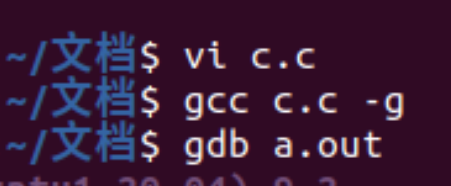










评论